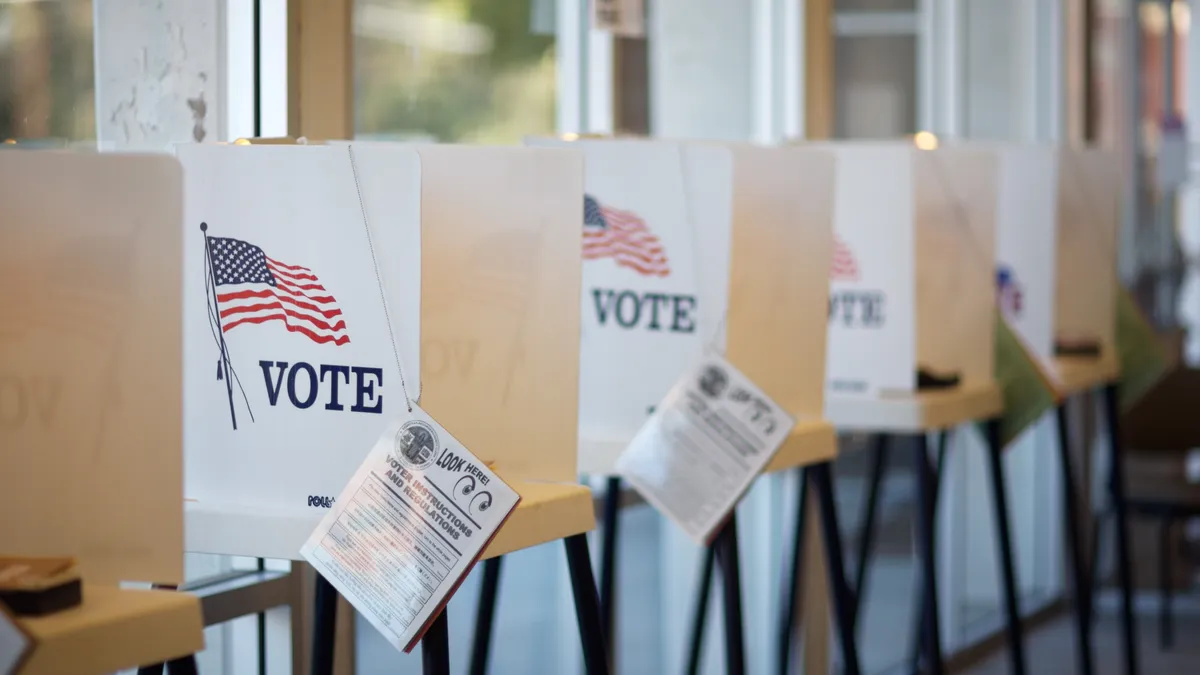Dive Brief:
- San Francisco voters will decide this November whether to add a surcharge to trips taken through ride-hailing companies under a ballot measure approved Tuesday by the city’s Board of Supervisors.
- If approved by two-thirds of voters at the ballot box, the tax would impose a 3.25% surcharge on all individual rides and a 1.5% surcharge on shared rides that originate in the city. Rides in electric vehicles (EVs) would have a surcharge of 1.5%, regardless of whether they are individual or shared, in order to encourage the use of EVs. The tax would go into effect on January 1, 2020, if passed.
- The measure, introduced by Supervisor Aaron Peskin, would generate an estimated $35 million a year for the city, to be spent on transit and street safety projects. It also has the support of both Uber and Lyft, which collaborated with Peskin and Mayor London Breed on drafting the plan.
Dive Insight:
If passed, this surcharge on ride-hailing would be another bold city-level step in trying to get a handle on congestion and a continuously disruptive industry. It follows in the footsteps of cities like Chicago, which imposed a ride-hailing tax in 2015 and increased the tax in 2018 to fund public transit initiatives, and Washington, DC, which approved a 5% ride-hailing tax last summer to fund the Metro transit system.
The moves in San Francisco are not as wide-reaching as New York City’s regulations on ride-hailing, however, which implemented a minimum wage for drivers and froze the issuing of new ride-hailing licenses for drivers among other initiatives. Those regulations, approved last summer, inspired similar efforts in other major cities.
The $35 million projected to be raised would be shared between two agencies: the San Francisco County Transportation Authority (SFCTA) and the San Francisco Municipal Transportation Agency (SFMTA). It could be a crucial way to help the city expand transit options as it continues to grow, and also to encourage safer street design in a similar vein to the Complete Streets initiative that has been growing at the city level and recently appeared to gain some support in Congress.
Ted Egan, the city’s chief economist, said in a report that while he could not determine the initiative’s true impact on transit or easing congestion, there appears to be a willingness among city officials to see what can be done. In a statement, Peskin said “everyone needs to be part of the solution,” and it will require intense collaboration to make the dream of lower congestion a reality.












